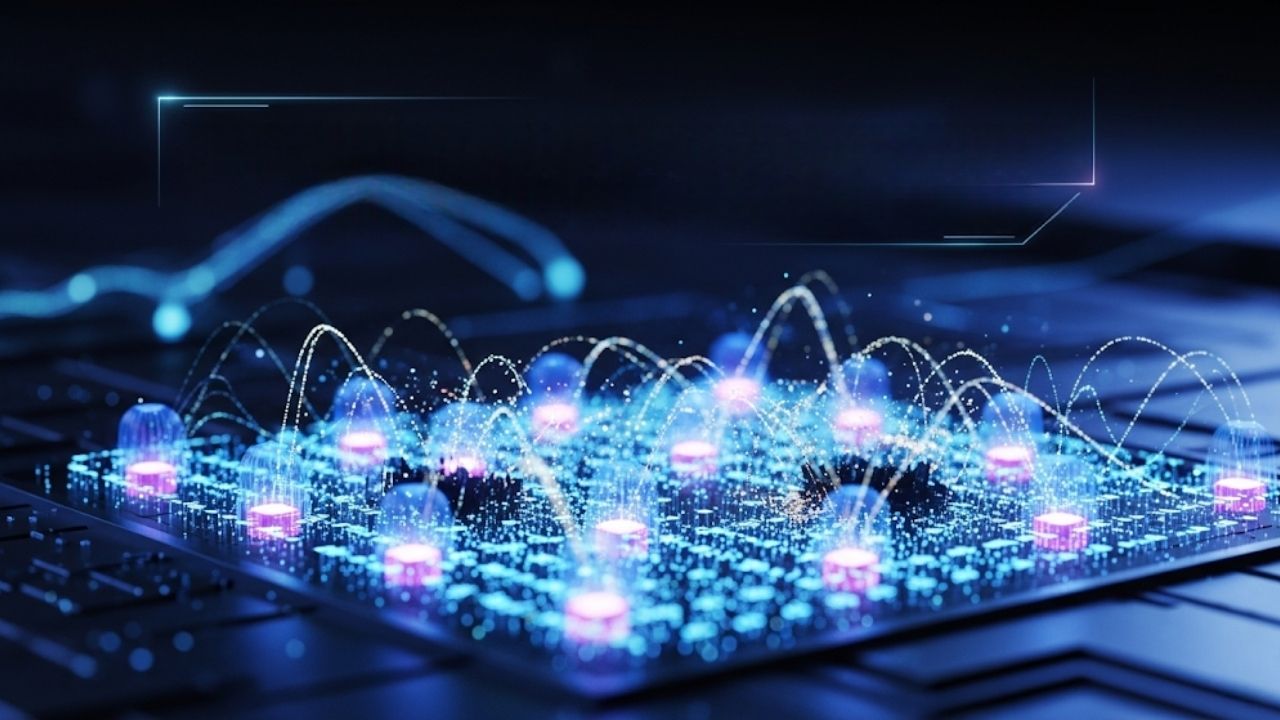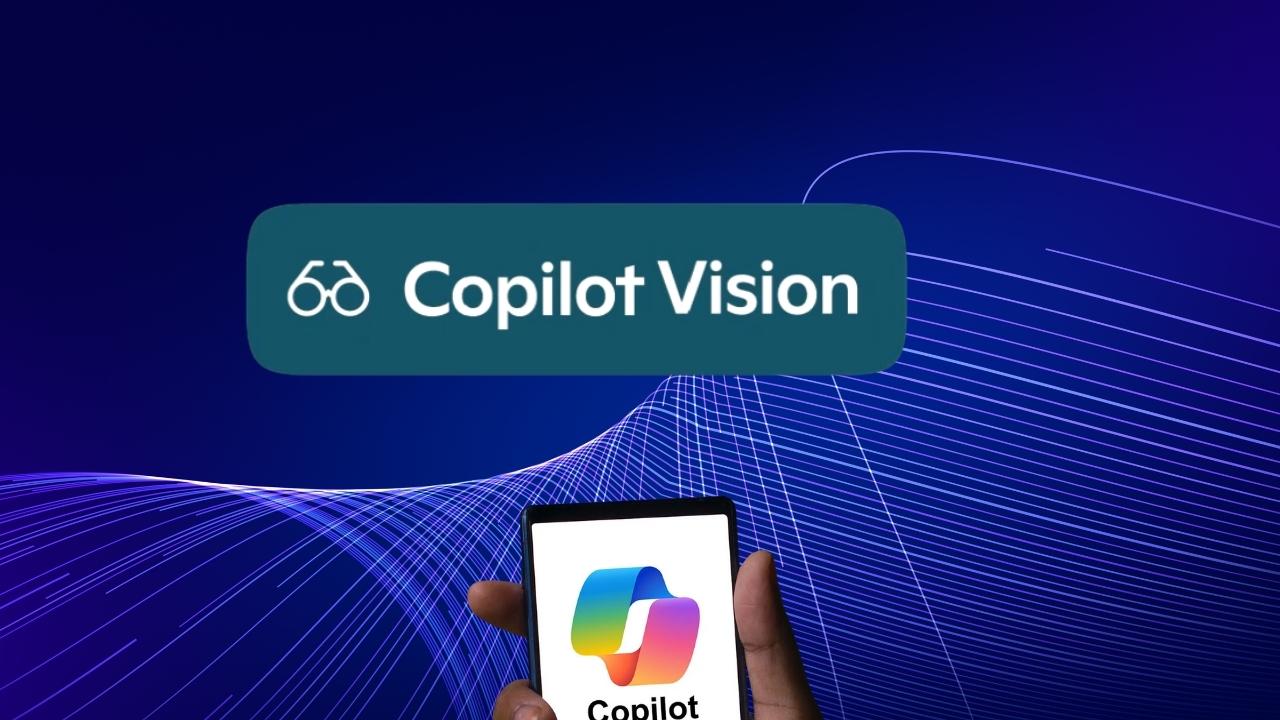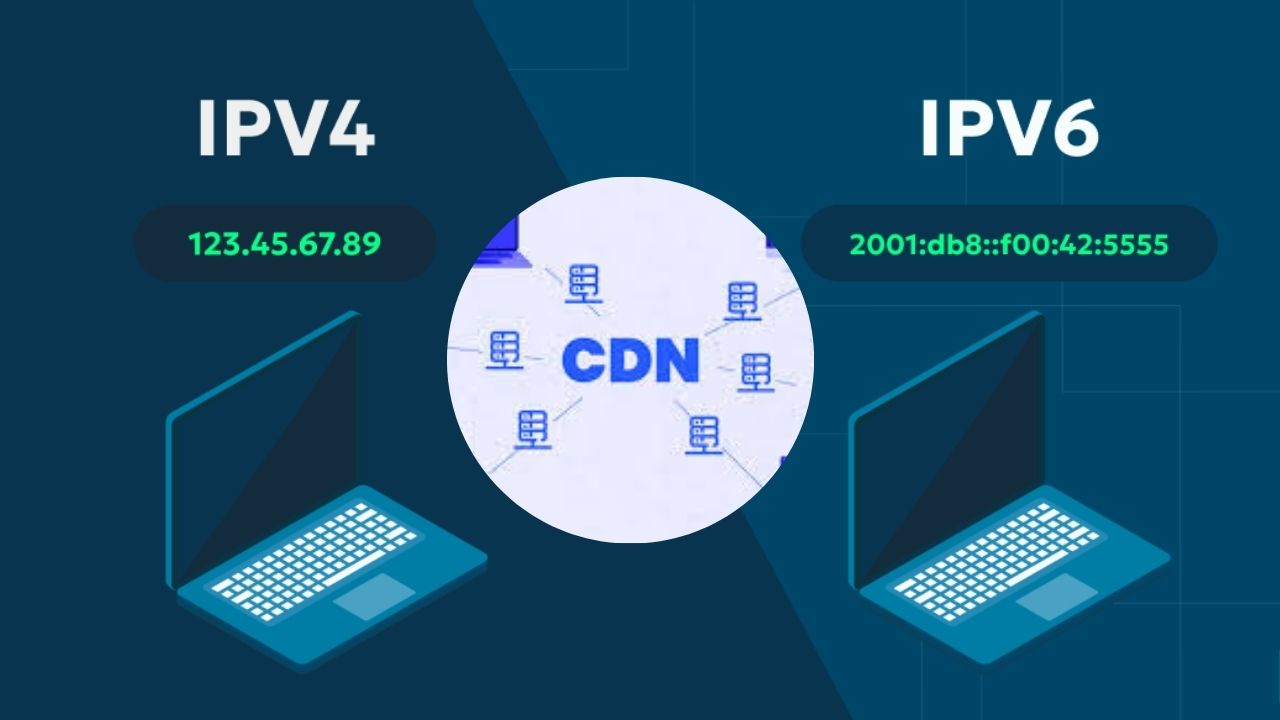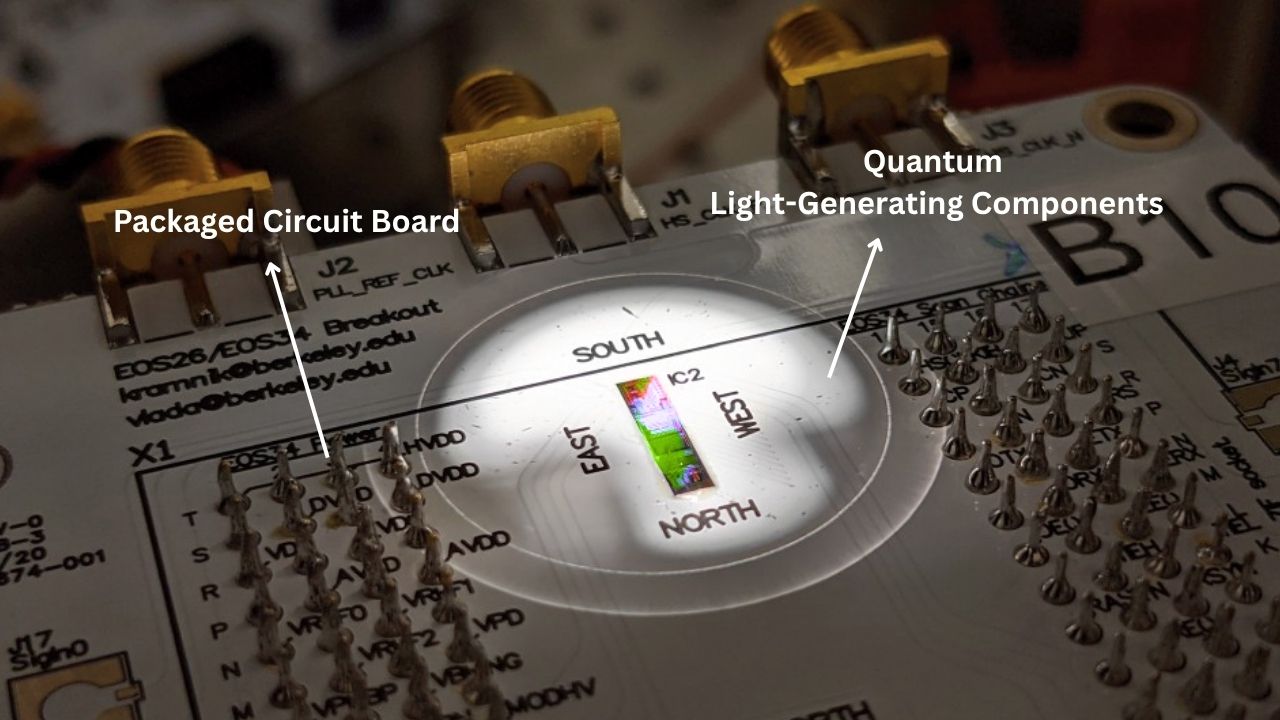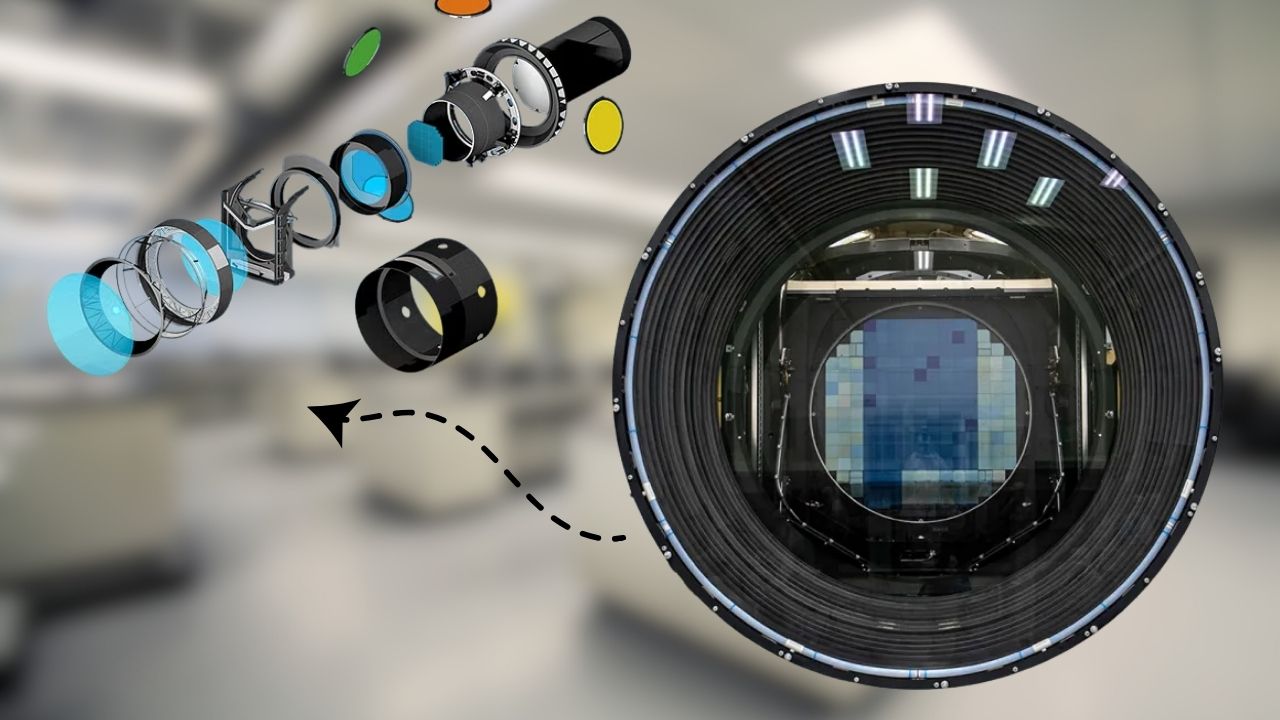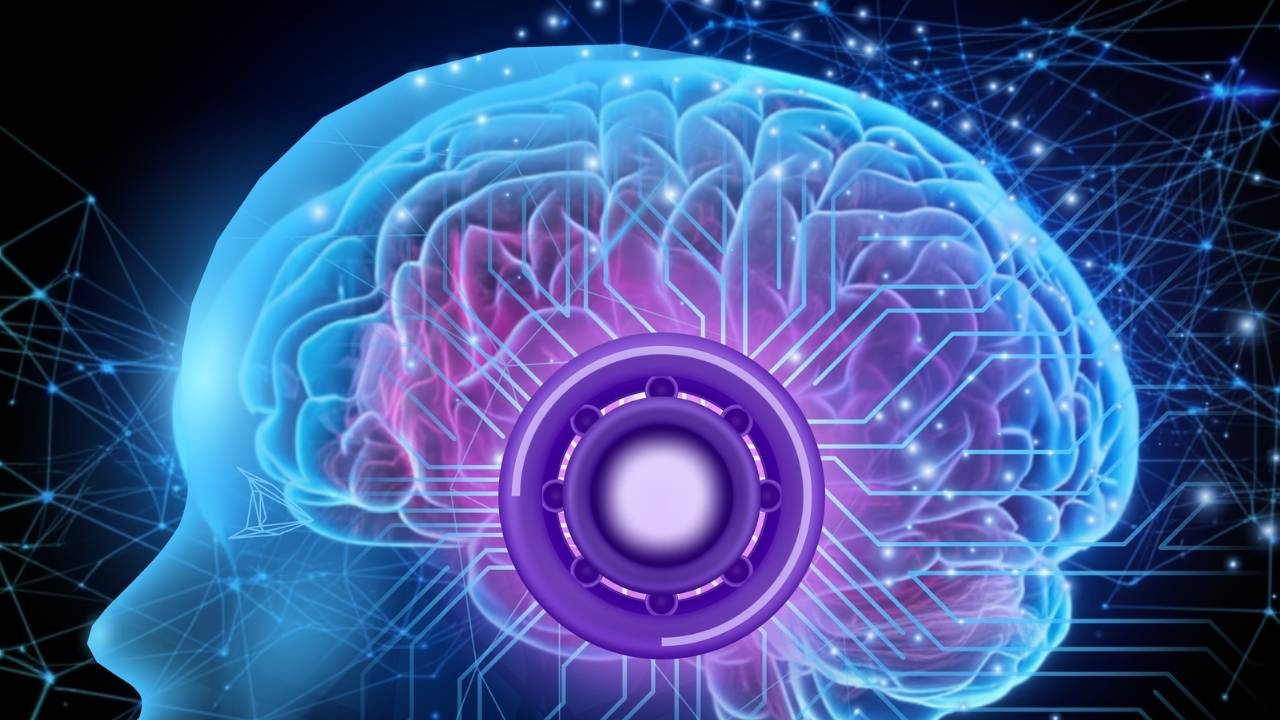STC News is a global science and technology news platform committed to delivering accurate, accessible, and forward-thinking coverage on innovation, research, sustainability, and emerging tech. We spotlight the discoveries and breakthroughs that shape our digital, physical, and planetary future — from labs and universities to startups and policy shifts.
Quick Links
Quick Links
© 2025 stc-mditr.org • All rights reserved



